The Furniture: A Warm Welcome in Hunt for the Wilderpeople
 Monday, October 3, 2016 at 10:00AM
Monday, October 3, 2016 at 10:00AM "The Furniture" our weekly series on Production Design. Here's Daniel Walber
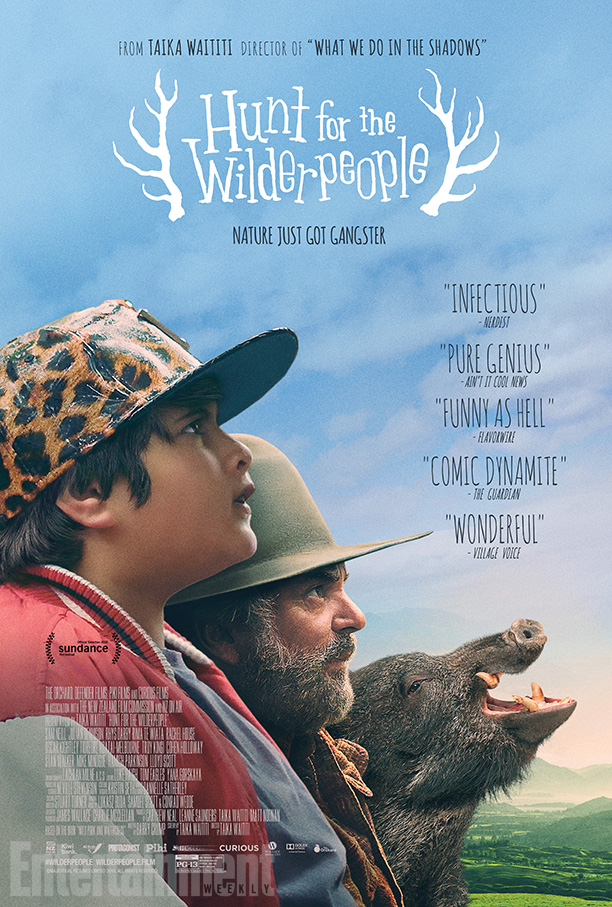
Hunt for the Wilderpeople, the year’s most heart-warming comedy, may not seem like an obvious example of unique production design. It takes place entirely in the backwoods of New Zealand, much of it deep in the bush. It’s a showcase for the tremendous beauty of the land, not opulent sets.
Yet while the design team may not contribute to the film’s breathtaking vistas, their work is crucial to its narrative arc. Before young Ricky (Julian Dennison) and his ornery foster uncle Hec (Sam Neill) are forced by circumstance to run from the law, they don’t like each other very much. It’s Bella (Rima Te Wiata), Hec’s wife, who welcomes Ricky into their lives. Her love and her house serve as an emotional foundation, and her sudden death sparks the adventure to come.
Were it not for her memory, Ricky and Hec would run away, each to his own wilderness.
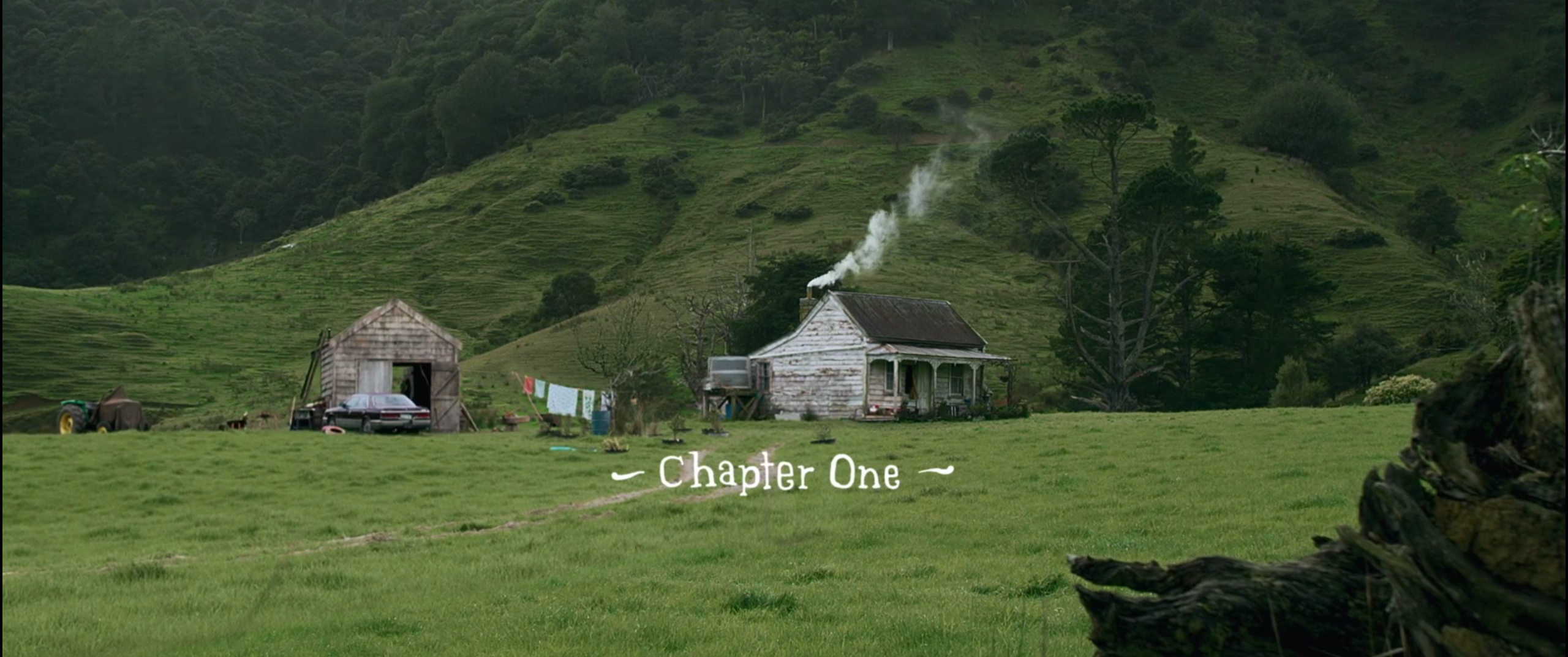
Their love for her keeps them together, or at least the guilt it inspires...
We understand this loyalty because we have seen Bella’s warmth, much of which is due to Te Wiata’s wonderful performance. But her bright, adorably wonky character is also encapsulated by her home, courtesy of production designer Neville Stephenson and art director Jon Lithgow (not that one).
When Ricky first arrives at this tiny house in the middle of nowhere, he couldn’t be more guarded. Bounced from home to home, he has committed a laundry list of minor offenses. Bella is the last stop on the road before juvenile detention, and Ricky seems basically resigned to that fate. It is up to her loving welcome and her charming house to change his mind.
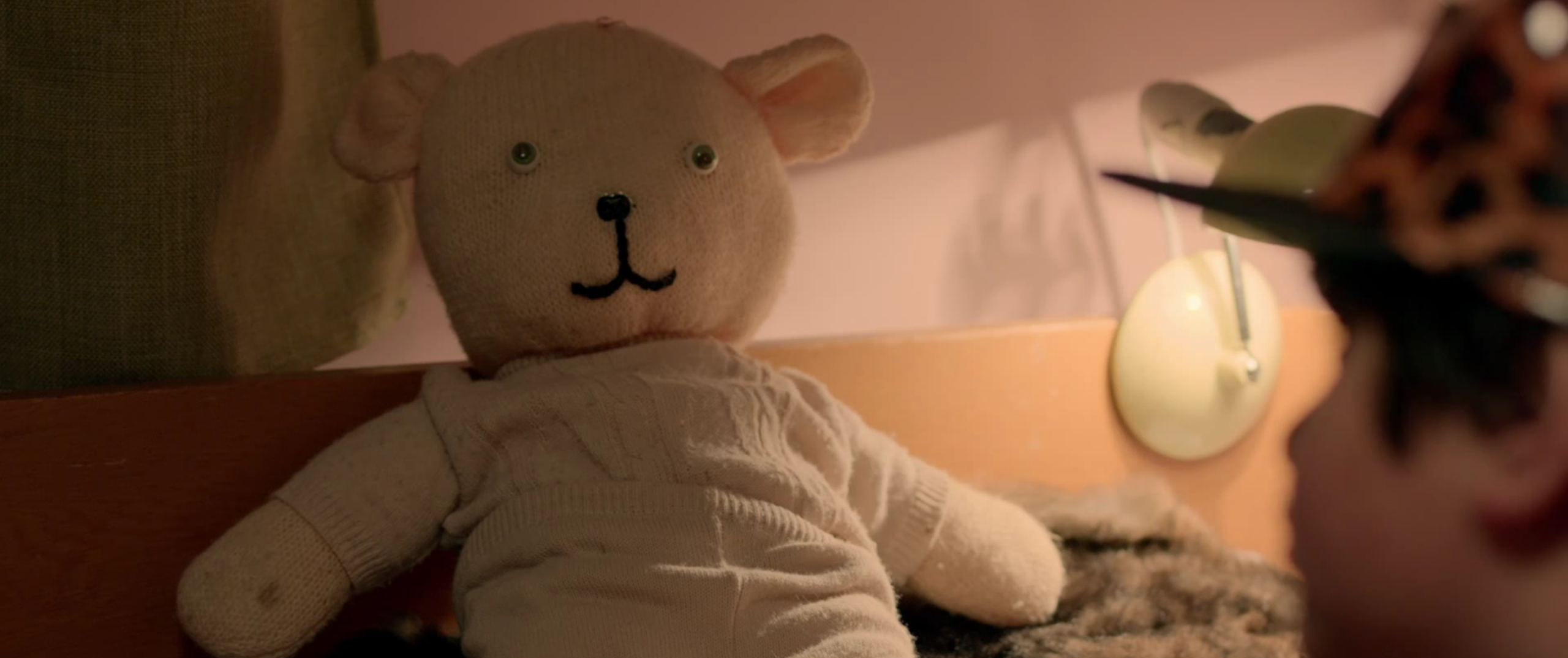
The centerpiece is his bedroom, which Bella appears to have decorated with almost feverish attention. There is a strong emphasis on cute, slightly wobbly animals. It’s a little bit shabby, cockeyed enough to be simultaneously funny and disarming. It sets the tone for the rest of the film. Just take a look at this stuffed animal, knit in the same color as its clothes.
Behind the lamp are a couple of tiny cat figurines, which Bella has carefully positioned to look as if they were gingerly emerging from behind the furniture to play. Their ridiculous faces are cute on their own merit, but their placement is subtle evidence of Bella’s care
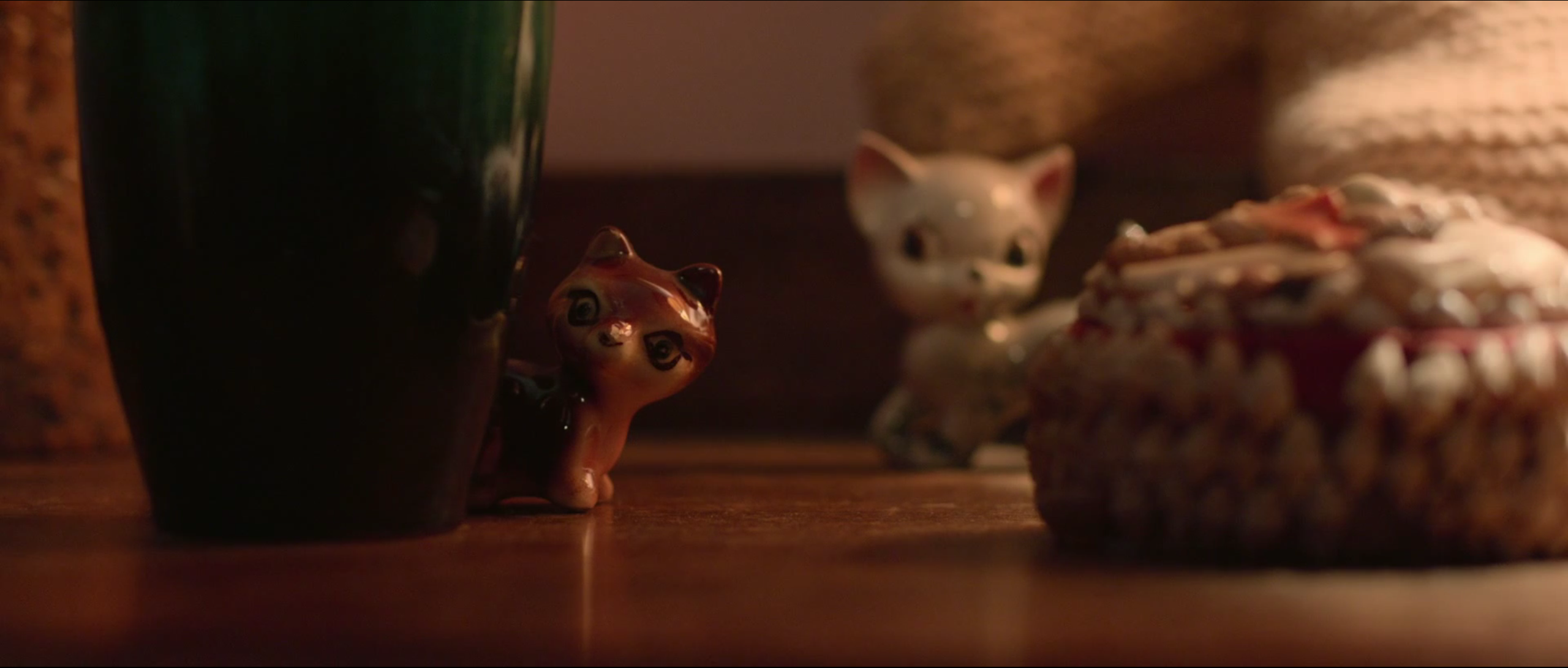
The other theme is adventure, appropriate for a film that will soon after turn out of the house and into the hills. Bella has given Ricky a little library. There are a few books about the wildlife of New Zealand, some of which will come in handy. It’s hard to imagine Ricky using the New Zealand Sea Angler’s Guide this far inland, but Kiwi Vagabond sounds a bit more appropriate. These nature guides sit next to Errol Flynn’s autobiography and Bart: The Story of a Dog, a novel about the adventures of a New Zealand Airedale Terrier.
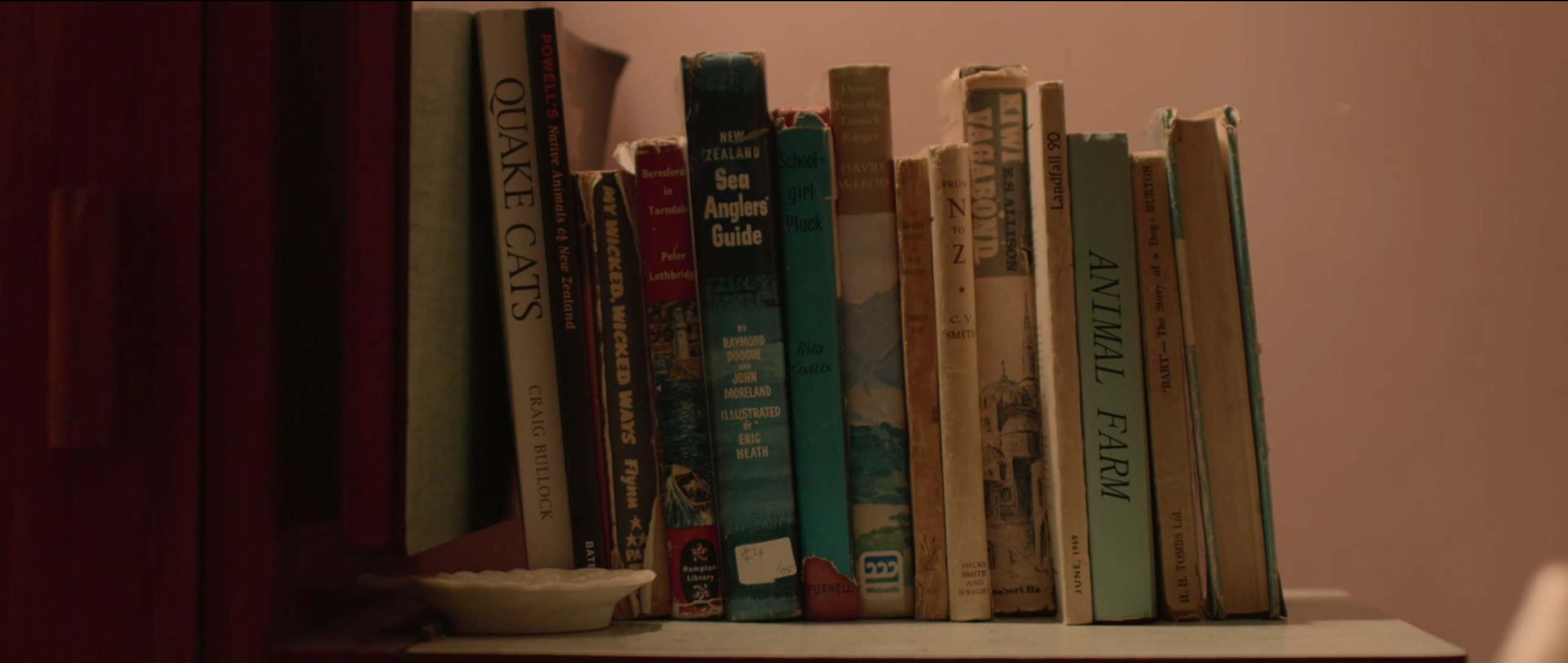
The overall tone is one of dated exploration, books that suggest the popular boyhood of the old British Empire, Boy Scouts and the like. It hints that Bella probably doesn’t have the money or the interest in buying all the newest books and toys. It also implies that she scrounged through a lot of boxes to find these, just for Ricky. The charming array of vintage objects extends to other scenes as well. Ricky’s birthday cake is cut with “George Wostenholm & Sons Stainless Steel Grapefruit Knives,” still kept in the original box.
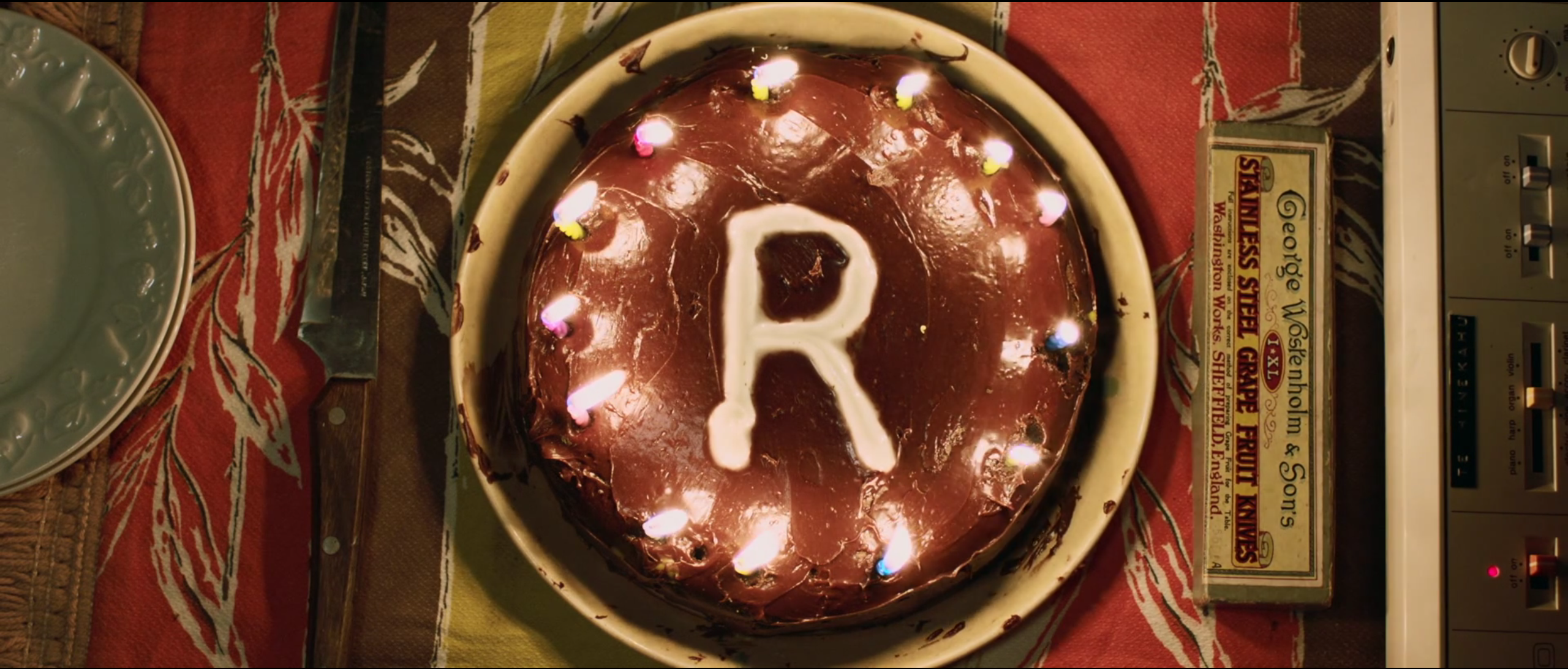
She also arms him, showing confidence in his ability to learn and fend for himself. Here’s the knife that she places next to his bed, “for fighting monsters.” These objects show us Bella’s instant love for Ricky. Through them, we are instantly endeared to her as well. It’s easy to understand how she so quickly cracks through the kid’s emotional armor, laying the groundwork for a family bond that outlasts her own life.
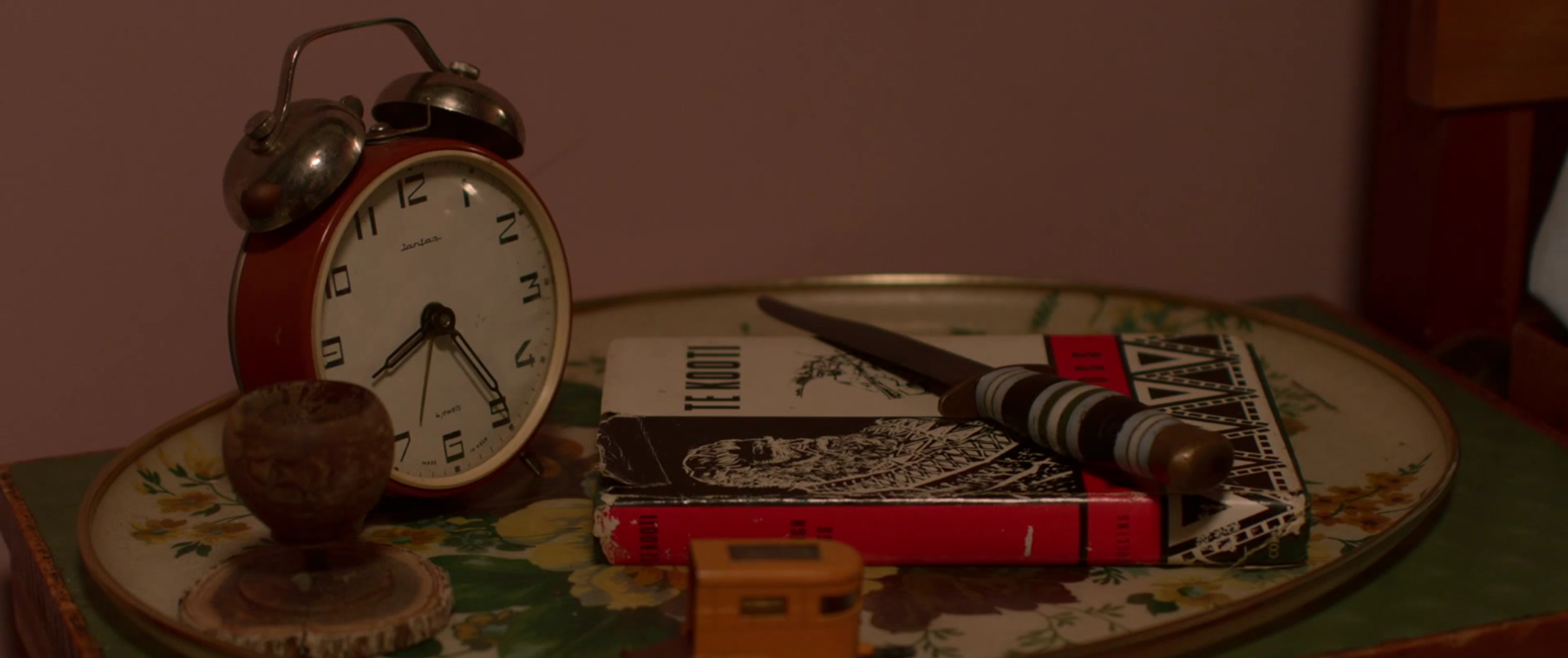



Reader Comments (2)
I just saw this film this weekend and have to agree that the production design was wonderful. I love your observation about the ceramic animals peeking around other objects as though they are emerging to play. At first I thought that Ricky might be too rebellious to respond to Bella's old-fashioned warmth, but it was nice to see that he was taken with the books in particular, which reappear throughout the film.
Excellent analysis of the items in the room! The style of the (to me) is Granny Chic. I got to your blog specifically searching for images of the room. I'm a fan of this sort of design because the "chic" is really an effort to embrace all things cozy and quaint--like the hot water bottle Bella gives to Ricky.
The intent of this type of styling is to show the owner's open embrace of sentimentality and love of kitsch.
Bella is particularly open and warm, so the room reflects her creepily honest desire to "grandmother" Ricky. Creepy only because that level of affection would give a person pause. You cant